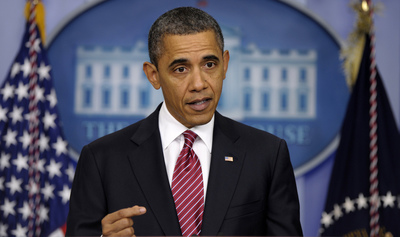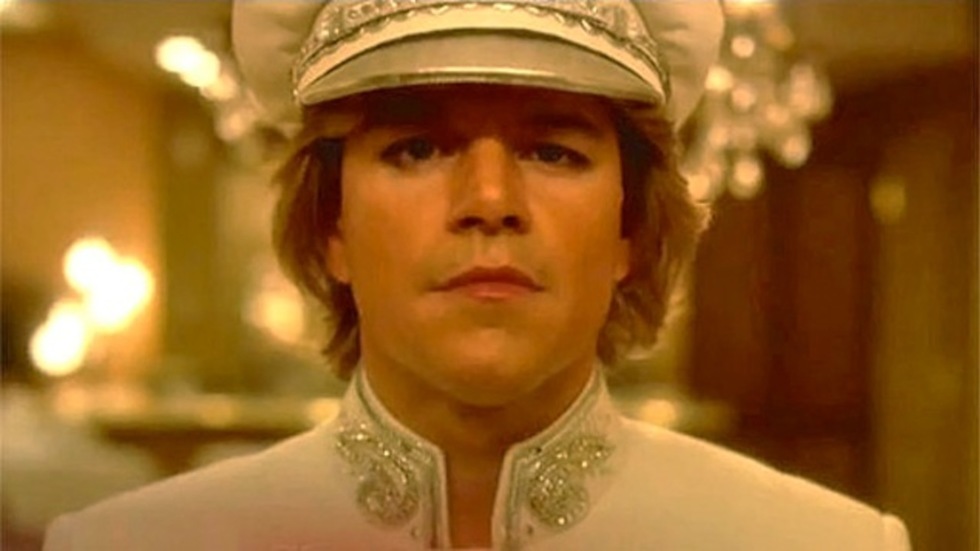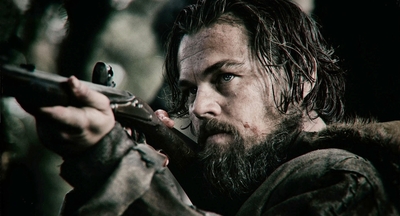Behind the Candelabra got 3.5 million viewers in its May 26th premiere and was a Palme d'Or contender. I can't help but wonder what the experience of watching that wonderful production would have been in a dark theater with strangers/fellow film travellers. Would Matt Damon and Michael Douglas be up for Oscars instead of the Emmys that they're all but certain to win? Maybe we'd know if only the industry would embrace multiple pricing tiers in movie theaters.
I know that it is not TV, it’s HBO: but it should have been a movie.
Multiple-tiered movie ticket pricing recently made news after Steven Spielberg predicted that you'll soon be paying $25 for blockbusters and $7 for films like Lincoln. It's a great idea whose time has come. In fact, I'm surprised that this isn't already the dominant reality in movie theaters. Sports teams, for example, have been using this system of multiple-tiered pricing for some time now. No big deal. Granted, the $150 movie ticket of the future that George Lucas last week predicted seems, at this remove, not nearly close yet. Clearly, however, we need new pricing schemes to bring more sophisticated films to the big screen creating opportunities for larger audiences to watch those movies. Multiple-tiered ticket prices might have a niche for Palme D’Or contender Behind the Candelabra in theaters, and not just on premium cable. I know that it is not TV, it’s HBO: but it should have been a movie.
Movie tickets are already an expensive proposition. Factor in snacks and you have an almost prohibitive cost to the average Joe. Further, at no time in history have movie theaters had so much competition for eyeballs -- from cable, from video games, from VOD and from Netflix – than now. Audiences, one cannot fail to note,
have been shrinking for some time as prices -- particularly here in New York -- have been
on the rise, increasing even as the competition becomes stiffer.
Since 1999, movie ticket prices have outpaced the general effect of inflation. Multiple-tiered ticket pricing for movies would allow for some creative perks at the high end of the spectrum, giving audiences more bang for their buck, a justification for spending a king’s ransom on a movie date.
World War Z's 3-D glasses are great examples of value-adds (and, quite possibly, collector’s items) to
the “mega ticket” tiered ticket pricing. Quick: someone call Kevin Smith’s comic book men.
However, multi-tiered pricing could rain on the parade of sleeper hits like "The Purge".
The decline of home video revenues has also been a major problem in the past decade. Although in 2012
home revenue declines halted, that does not erase the previous seven year slide. Pre-selling digital copies of a film to “avids” while it is still at peak enthusiasm – on and near the day of a film’s release -- is probably a solid plan, at least one worth trying out through some creative experimentation.
Lincoln, according to Spielberg, was "this close" to being HBO premium fare and not in theaters
. Behind the Candelabra, alas, was not so lucky.
But multi-tiered pricing involves some sophisticated audience-prediction metrics that could rain on the parade of sleeper hits - as rare as those are these days. Consider
The Purge, a horror film which cost
$3 million to make, pulled in $36.4 million in its opening weekend. It's not
quite a sleeper – it was critically ravaged. Still, word of mouth on social networks made the film a hit. How would a multiple-tiered pricing system - which presumably would have priced the film lower - have affected that particular outcome? That, arguably, is a question worth asking. But even if it did impact that particular film negatively, wouldn’t a multiple-tiered ticketing system find ways – through word-of-mouth, through social media – to create other kinds of sleepers?
This brings us back to HBO's
Behind the Candelabra. I just cannot let this one go. The official excuse -- at least according to director Steven Soderbergh -- as to why
Behind the Candelabra was on HBO and not the big screen is that it was "
too gay." That's basically Hollywood suit code for "not commercial enough to sustain mainstream interest." A multiple-tiered approach would allow for higher ticket prices for tentpole blockbusters near their release dates, and lesser price points for more complicated niche films like
Behind the Candelabra.
If we had a multiple-tiered ticket pricing system in place, however, we could have all appreciated the film as it was meant to be seen: in a wide, air conditioned theatrical release. No disrespect to HBO, but performances of that caliber were meant to be projected in the largest possible medium and the biggest possible arena.



